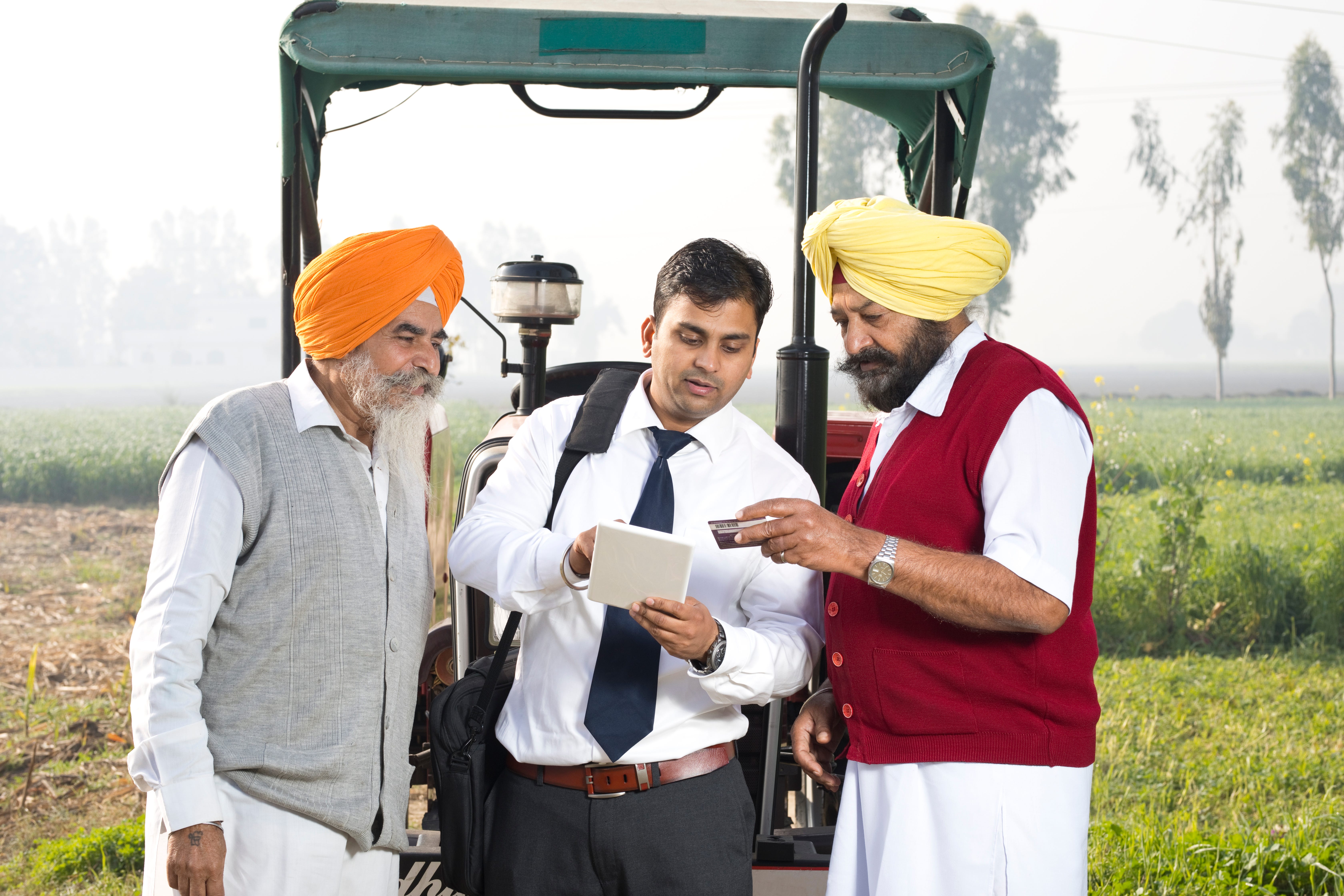Meso-level Insurance for Agricultural Risk Management

Photo by triloks on iStock
In India, the government plays an active role in providing insurance cover to the agricultural sector through highly subsidized micro-insurance schemes such as Pradhan Mantri Fasal Bima Yojana (PMFBY) since 2016, the National Crop Insurance Programme (NCIP) since 2015, and the Livestock Insurance scheme since 2006. These schemes have improved upon their predecessors such as the National Agricultural Insurance Scheme (NAIS), taking advantage of various innovations in technology, including increased smartphone penetration, the use of satellite imagery and other big data sources, and the many-fold increase in accessibility of app-based platforms. Even so, there are various structural, logistical and financial obstacles in the implementation of these schemes, particularly in the form of inherent basis risk (mitigating which would drive up transactional costs), poor distribution (especially among non-loanee farmer groups), low levels of awareness, and low trust in insurance by farmer groups (owing to significant information asymmetries among both the insurer and the insured).
The high amount of premium subsidy provided by the government, coupled with a lack of solutions to improve take-up, makes it difficult for private insurers to sell stand-alone crop and livestock insurance products. This presents the industry and practitioners with an opportunity to innovate and think creatively about how to package these insurance products better, to make their value proposition more tangible, realizable, and sustainable.
Currently, the Indian agricultural insurance sector is largely focused on microinsurance, where the individual farmer is the policyholder. Our study seeks to explore the potential of agricultural insurance at the meso level, which covers ‘risk-aggregators’ such as banks, microfinance institutions, or agribusinesses in addressing the limitations in the current model.
Meso-level distribution provides portfolio or group insurance based on an index to the ‘risk aggregators’, for risk management purposes. In meso-insurance, the aggregator is the policyholder, insured party and direct client of the insurer. For example, financial institutions can purchase policies to cover default risks arising from major agricultural shocks; agri-processors can purchase policies to cover the risk of non-recovery of inputs advanced to farmers or insufficient supplies of raw materials due to agricultural shocks. In turn, the aggregator retails its benefits to farmers through a variety of services. Meso-insurance could avoid some of the shortfalls of microinsurance and complement it, which would in turn, benefit the farmers and insurers both directly and indirectly.
Nearly 58 percent of the farmers in India are loanee farmers, often availing agricultural insurance through the Kisan Credit Card (KCC) scheme. In the unfortunate situation that a farmer is unable to pay back the loan, he becomes a defaulter and is not eligible for coverage under the scheme in the next season. This limits the scope of the coverage as well as adds to the financial stress of the risk-aggregators. There can also be indirect benefits, as it could allow risk aggregators (such as Micro Finance Institutes) to cater to the agricultural sector without being too exposed to large agricultural shocks as witnessed during the recent COVID-19 pandemic. In turn, this could support farmers to invest in improving agricultural productivity.
It is therefore of great interest to understand the feasibility and potential for this alternative form of insurance in Indian agriculture — by understanding the attitude and appetite of multiple stakeholders including regulators, facilitators, providers and eventual beneficiaries for this class of products.
Incorporating these findings, the current study will attempt to identify key design delivery and principles that are necessary to create a viable and sustainable value proposition from both, the point of view of a business model for providers as well as the potential gains for the final-mile beneficiary (i.e. the farmer).
This research was developed as part of the Bharat Inclusion Research Fellowship.
